An Honest Digital Nomad Guide to Living in Tulum
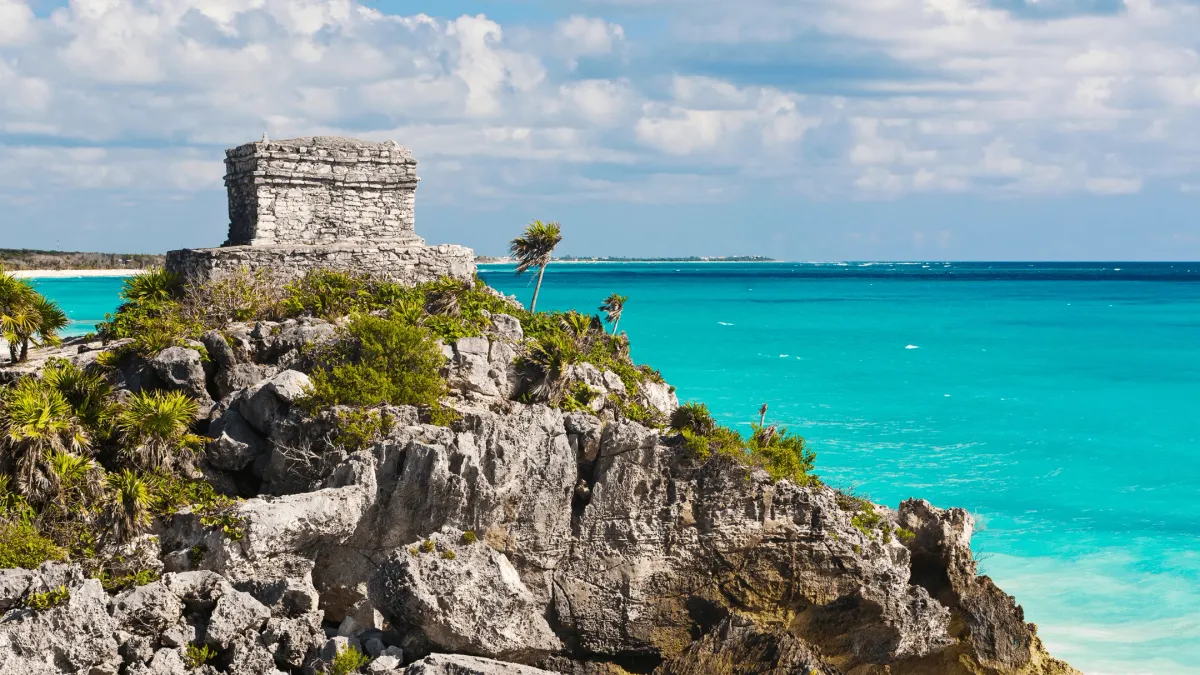
If you've ever scrolled through Instagram, you've probably seen the stunning pictures of Tulum. Turquoise waters, sprawling cacti, leisurely bike rides, and ancient Mayan ruins overlooking the Caribbean Sea. It's easy to see why this destination has become a sensation on social media and a magnet for remote workers worldwide. You might have even tuned in to the chilled-out "Tulum Vibes" playlist on Spotify, feeling the essence of this coastal paradise.
But is Tulum really as amazing as it looks online? Before I visited, I had high hopes based on influencer posts, dreamy photos, and vibey playlists that promised a chic, bohemian escape. But apart from some trendy, pricey hotels, I found it hard to find this Insta-worthy scene.
Still, Tulum remains a hugely popular hub for digital nomads. In this honest, no-BS guide, I'll explain why it still draws remote workers even though it often doesn't live up to the hype. I’ll share the pros and cons of living in Tulum and give you the real scoop to decide if it could be your next destination.
The Pros and Cons of Living in Tulum as a Digital Nomad
Why You'll Love Tulum
Tulum is a Caribbean paradise with a Mexican twist. It offers digital nomads a lot of perks and benefits. Here are some of the main reasons why you should consider Tulum as your home base:
Fast and Reliable Wi-Fi
Gone are the days of sketchy internet connections in Tulum! Nowadays, you can easily find fast and stable Wi-Fi, so you can work from a cozy café in the jungle or your own comfy room without any hassle.
Postcard Beaches and Turquoise Seas
With 10 miles of pristine sand and stunning views of the Caribbean Sea, Tulum's beaches are a dream come true. The water is a beautiful blend of blue and green, ideal for a swim or a sail. And the best part is, most beaches are public, so you don't have to pay for expensive beach clubs to access this heaven.
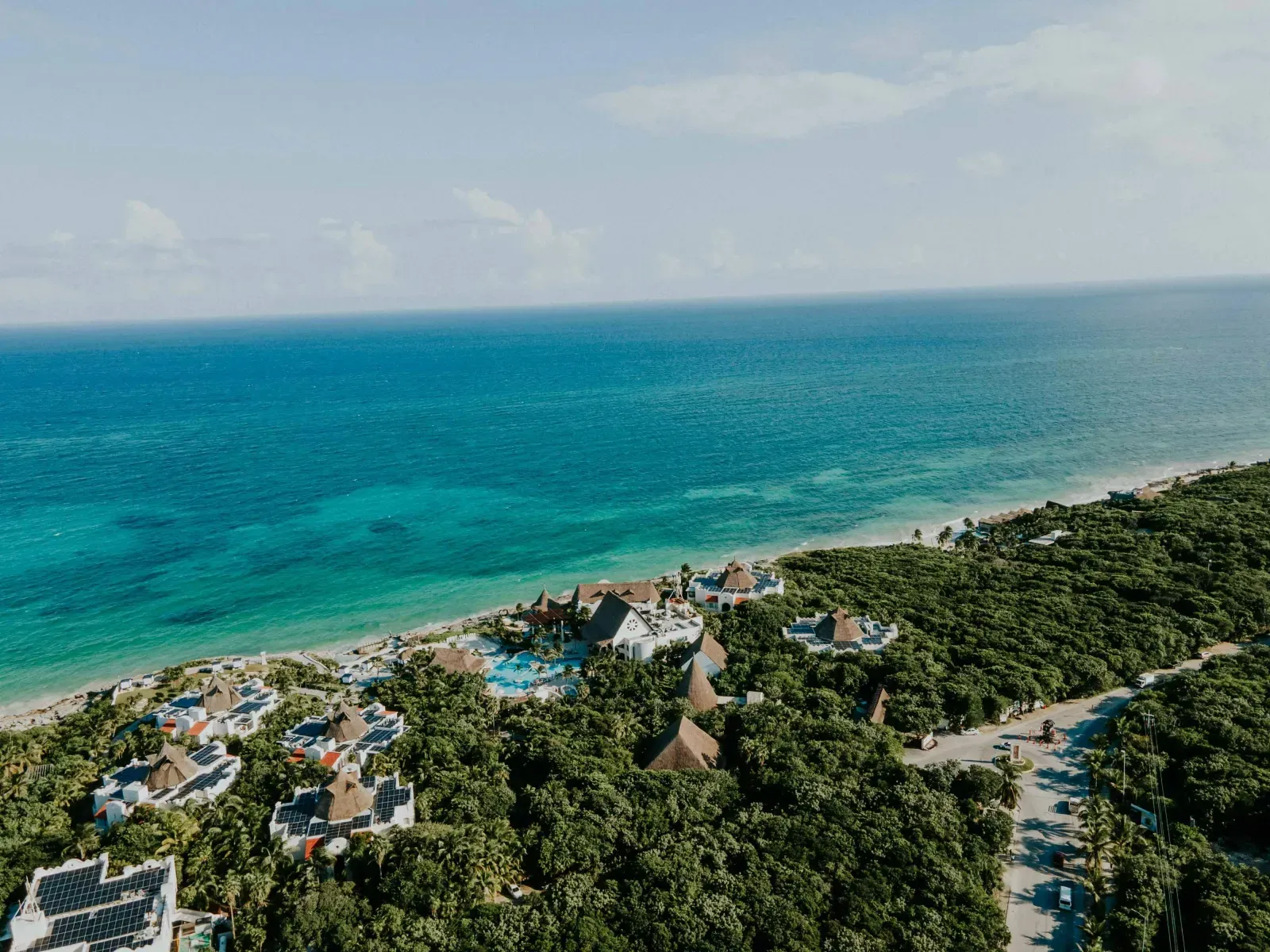
Perfect base for exploring the Yucatan Peninsula
Tulum's location makes it a fantastic base for venturing out into the Yucatán Peninsula. Short bus rides can take you to charming towns, the crystal-clear waters of Bacalar's lagoon, and iconic ruins like Chichén Itzá and Cobá. Not to mention, Cancún's international airport is just a hop away when you want to explore even further.
Bored? Impossible!
There's always something fun to do in Tulum. You can dive into cenotes, join lively parties, or enjoy DJ sets with stunning views. You can also bike around town and discover new places, making sure you'll never get bored in this vibrant town.
The Downsides of Tulum
Tulum is not all sunshine and rainbows. It has some drawbacks that you should be aware of before you book your flight. Here's an honest look at the challenges you might face:
Trendy Eco-Hotels Aren't So Sustainable
You might be tempted by the wooden lodges that claim to be eco-friendly popping up all over Tulum. But the sad reality is these hotels are actually harming Tulum's fragile ecosystem. The town is becoming a construction site as new hotels pop up to cater to the tourists. For a raw and unfiltered perspective, the documentary "The Dark Side of Tulum" is an eye-opener.
Rising Cost of Living
Tulum is not a cheap place to live, especially compared to other places in Mexico. You'll have to pay at least $600 USD for an apartment, and even more if you want to be near the beach. The cost of living is pushing out the locals, who can't afford to stay in their own town. I'll give you more details on housing, food, and other expenses later.
Beaches and Sea Out of Reach
Tulum is bigger than it looks. The town center is far from the hotel zone and the beaches. You'll need to bike for 30 minutes to get to the archaeological sites and the beach clubs. And if you want to access the shore, you'll have to pay fees or stay at pricey resorts. You'll also need to move around different areas, so transportation is a must.
Sargassum Seaweed
Sometimes, you'll find the beaches covered with sargassum seaweed. This is caused by warmer ocean temperatures and agricultural runoff. The seaweed changes the water's color, smells bad, and piles up on the sand. When I was there in November, there was no seaweed. But it came back later, ruining the tourist season, unfortunately.
How to Get to Tulum
Tulum is easy to get to by plane or by bus, thanks to its strategic location on the Quintana Roo coast.
By Plane
The nearest airport is Cancún International, which is two hours away by car or shuttle bus. You can also fly to the new airport in Tulum, Felipe Carrillo Puerto International Airport, but it doesn't have many flights from other countries yet.
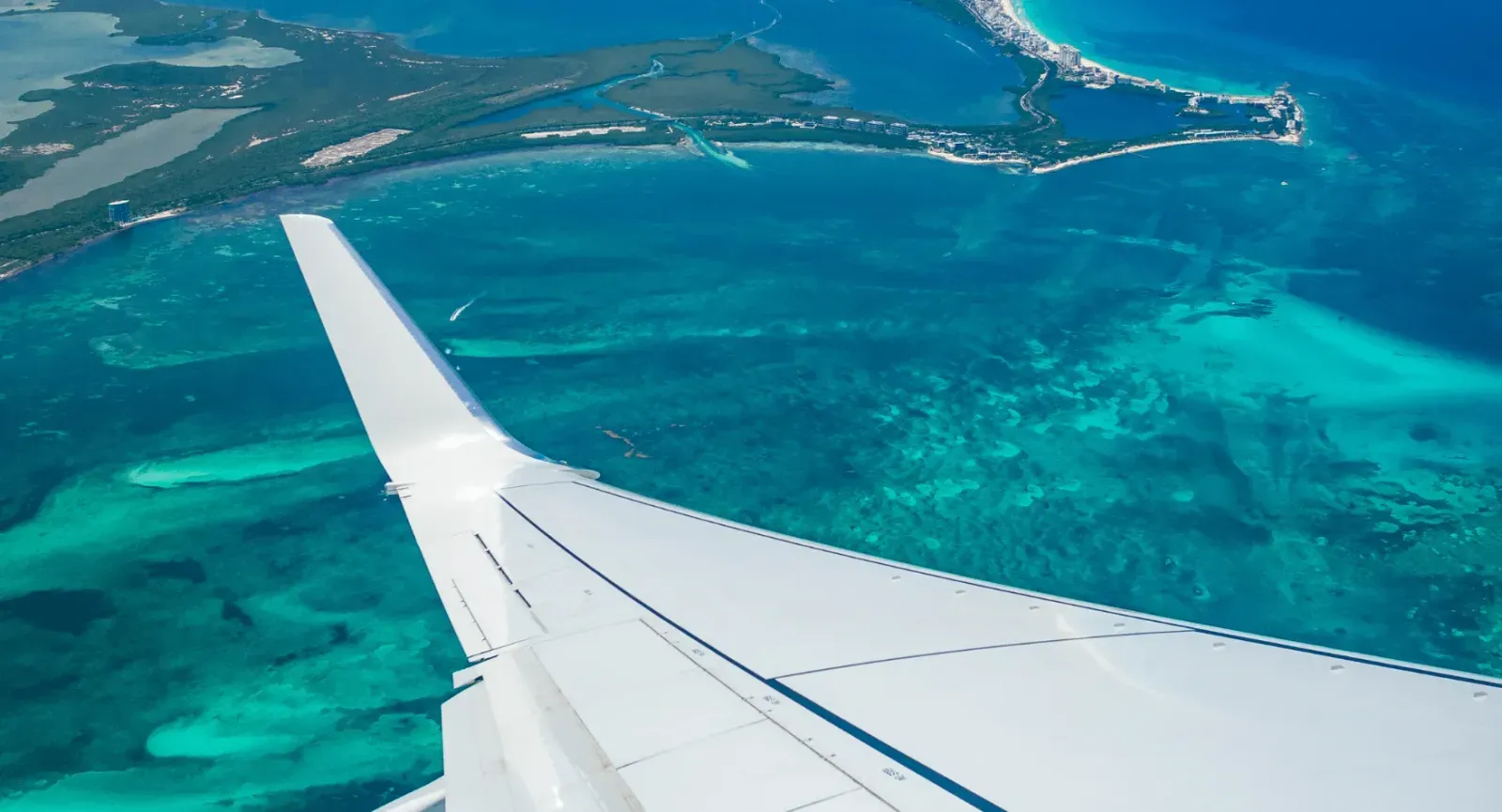
By Bus
If you're traveling from other parts of Mexico, you can take ADO (first class), Mayab (second class), or collectivos (private shuttles) to Tulum. These buses connect Tulum with all the main places in the Yucatán Peninsula, like Valladolid, Bacalar, Playa del Carmen, and Mérida.
How to Get Around Tulum
Tulum is bigger than you might think, and it's not easy to get from downtown to the beach and hotel zone. So, the best way to get around depends on where you are.
Downtown Tulum
Downtown Tulum, or Tulum Pueblo, has a main avenue with wide sidewalks for pedestrians and bikes. Bikes are cheap to rent, and I highly recommend them. It's a 3 km ride from one end of downtown to the other – much easier on wheels.
iBike Tulum has rentals with flexible plans, even long-term. The English-speaking owner helped this non-Spanish speaker out big time! If you're staying for a while, you can also buy a new or used bike from Super Aki supermarket nearby.
The Hotel Zone
The beaches and hotels are 30-50 minutes by bike from downtown. This area has few roads and they get very busy during peak hours. So, choose two wheels over four!
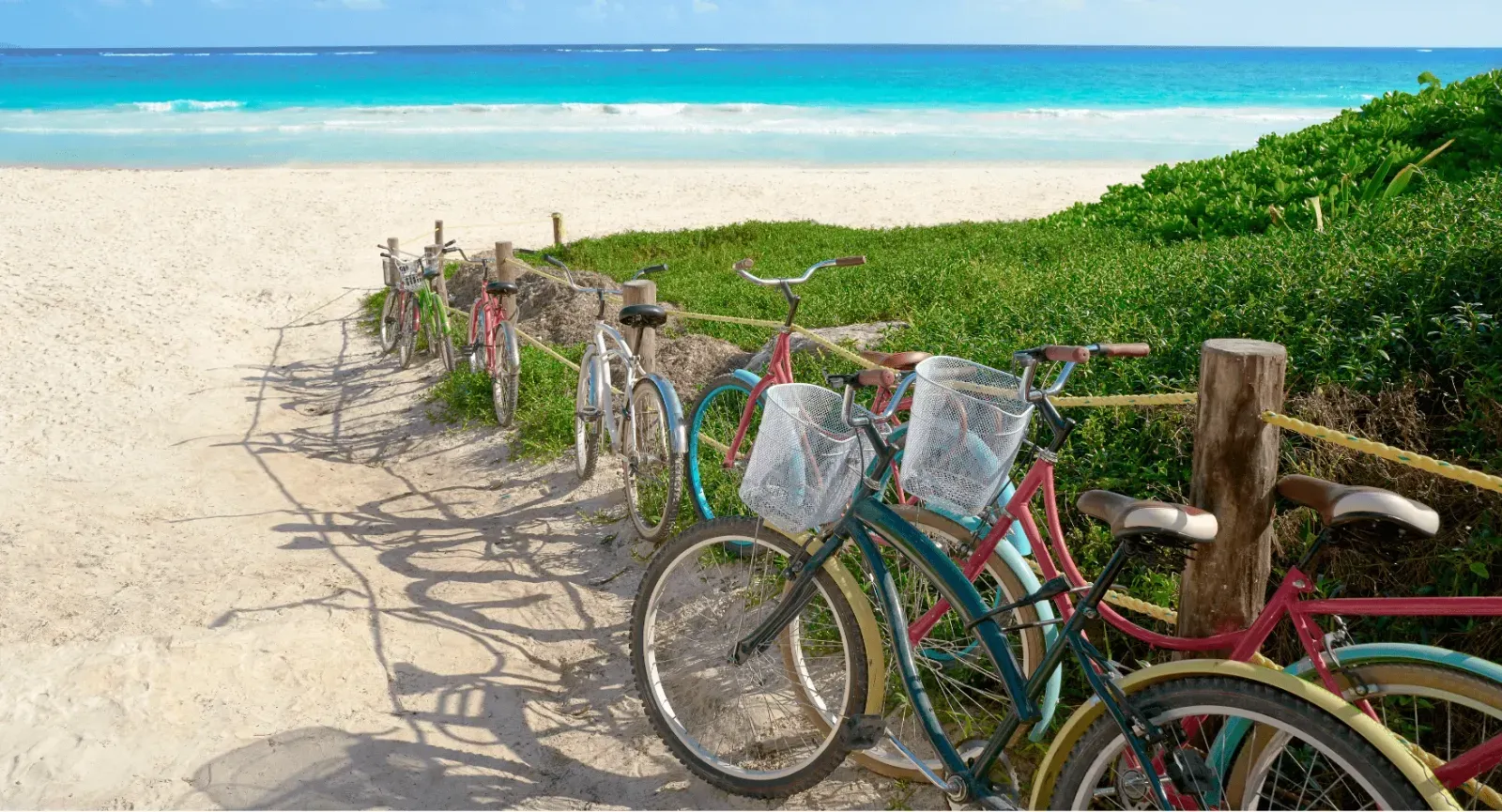
In general, you have these options for transportation in Tulum:
- Bikes - rent or buy new/used
- Scooter rentals
- Expensive taxis, especially to hotels
- Buses – collectivos for short trips, ADO for long trips.
The Best Accommodation Options in Tulum
So, you've decided on Tulum as your next destination for a digital nomad adventure in Mexico — awesome! Now comes the question: where's the best place to call home during your stay? Let's look at the options.
Apartments
If you want to stay in Tulum for a while, renting an apartment is the best option. And you don't have to search hard to find the right place. Just join the 'Tulum Rentals' Facebook group. It has lots of listings, from luxury homes for digital nomad groups to cheaper options. You can also post what you're looking for and get many offers.
Condos and Airbnb
Tulum is dotted with stylish condos, for tourists and remote workers. These condos have kitchens, fridges, and often offer amenities like concierge services, terraces, pools, and common areas for socializing with other residents. You can find these places on platforms like Booking or Airbnb. But remember, these options might be more expensive than renting an apartment directly!
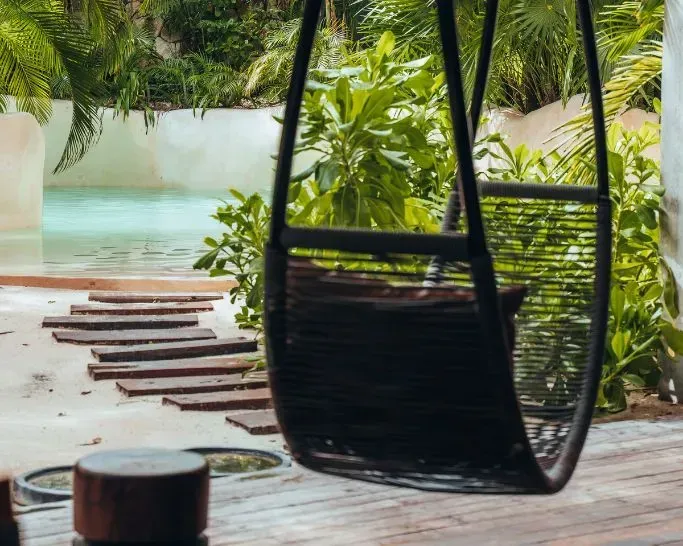
Coliving Spaces
If you want to live the digital nomad lifestyle fully, Tulum has many coliving spaces. Selina is a great one, by the sea and with monthly packages from $450 USD. Besides reliable wifi, you'll get workspaces and lifestyle classes, like yoga. Another good option is Outsite, part of a global network for digital nomads, which needs membership to get custom packages.
Best Areas to Stay in Tulum
Choosing the right neighborhood for you to live in Tulum is key, especially given the large distances between areas.
- Tulum Pueblo – The city center, also known as Tulum Pueblo, is the best area to live for short or long stays. You can find everything you need here: apartments, bars, restaurants, supermarkets, shops and street food. It can be busy compared to other areas like the fancy Aldea Zama, but it's more authentic and affordable. This is good if you want to spend more on activities and experiences than on modern and luxurious accommodation.
- La Veleta – La Veleta neighborhood is great for those who want a quiet atmosphere with other nomads or expats who have made Tulum their home. It's not as fancy as Aldea Zama, but it's not the cheapest either. You can still find houses that locals rent out to tourists and travelers. You can also find restaurants, spas and cool bars here.
- Aldea Zama – Aldea Zama is a new neighborhood that has changed a lot in the past few years due to Tulum's recent building boom. It has mostly condos, apartments and villas with high prices. It's halfway between the center and the hotel zone, so it's close to the beaches.
- Hotel Zone – In my opinion, the hotel zone is the worst area to live in. It's for tourists only. You'll find the eco-friendly hotels we talked about earlier in this guide, luxury facilities and overpriced restaurants. You can't go to the beaches unless you pay a fee or stay at one of the boutique hotels.
Internet Connectivity in Tulum
Reliable wifi is key for any digital nomad, and most Airbnbs, hotels, and vacation rentals in Tulum offer internet access included in the rent. But before booking long-term, double-check the speeds to avoid problems.
Besides accommodations, many cozy cafés and coworking spaces provide strong wifi connections for remote work. I'll recommend some top spots in the next paragraph!
If you prefer to be a bit more independent and get your own internet connection, there are plenty of options that include a portable WiFi hotspot, a prepaid SIM card and an eSIM.
Best Places to Work in Tulum
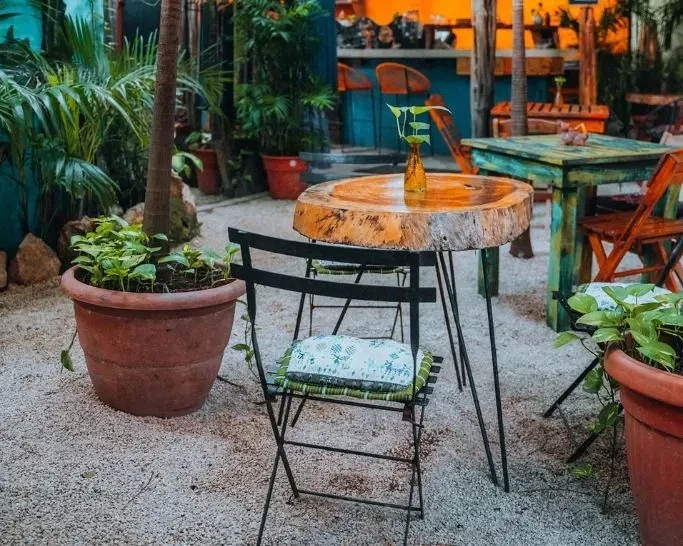
Coworking spaces
Sometimes, working from your Airbnb can get boring and lonely. Luckily, Tulum has some cool coworking spaces where you can connect with other nomads, get inspired, and be productive. Here are two of my favorite ones:
- Digital Jungle – This coworking space has a rustic and bohemian vibe, with wooden furniture, colorful fabrics, and lots of plants. You can choose from different areas to work, depending on your mood and needs. There are quiet zones with desks and plugs, as well as communal tables in the garden where you can chat and network. Digital Jungle also has a restaurant that serves healthy and delicious food and different packages to suit your schedule and budget: half-day, full-day, weekly, and monthly.
- The Clubhouse – This coworking space is more modern and sleek, with spacious and comfortable areas to work. You can also enjoy the perks of different packages (daily, weekly, and monthly) and services like bike rental for only $9 USD per day. The Clubhouse is located 20 minutes away from the beach by bike, so you can easily take a break and enjoy the sun and sand.
Cafes
If you don’t want to splurge on a coworking space but still want to get out of your apartment, you can always head to one of the many cafés in Tulum. However, not all of them are suitable for working, as some can be pricey (a cup of matcha can cost $6!) or crowded. Here are three of the best ones for nomads:
- Ki'bok Coffee – This is the place to go if you love coffee and a relaxed atmosphere. Ki’bok Coffee has a large outdoor space where you can work on your laptop and watch the people go by. They also have a menu with tasty and affordable dishes, and they host different events, such as live music and art exhibitions.
- Cara Feliz Tulum – This is one of the most charming cafés in downtown Tulum, as it doubles as a bookstore. You can work surrounded by books, which can help you focus and spark your creativity. They also have various literary events, such as book clubs and readings, which are great for improving your Spanish skills.
- Botanica Garden Cafe – This is one of the favorite spots for digital nomads, as it has everything you need: a great brunch menu, different coffee options, and fast wifi. The staff is friendly, the space is cozy and inviting, and it has a large outdoor area where you can relax and enjoy your time.
What is the Cost of Living like in Tulum?
Tulum is not Mexico's cheapest city, but the cost of living here largely depends on your lifestyle, where you stay, what you do and where you eat.
Accommodation costs
If you’re on a tight budget, you can find some affordable places to stay in the Pueblo, the downtown area of Tulum. There, you can rent apartments or studios with a bathroom and a kitchen for around $500 USD to $600 USD per month. However, if you want more comfort and luxury, you might want to look for apartments in a condo, which can cost from $800 USD to over $1000 USD per month, depending on the facilities and services they offer.
Costs of meals and restaurants
Eating out can be a big expense, but it also depends on your preferences. There are many restaurants and bars in Tulum, but some of them are quite pricey, especially if they have nice decor or follow the famous ‘Tulum Vibes’ style. If you want to save some money, you can eat in the Pueblo area, where the prices are much lower than in the Hotel area, the beachfront zone of Tulum. You can also find street food stalls or local restaurants where you can enjoy authentic and cheap food.
To give you an idea, in the coffee shops, a coffee can cost from $2 USD to $4 USD, a cappuccino from $3 USD to $5 USD, and a matcha latte over $6 USD. For breakfast, you can expect to pay from $5 USD to $15 USD, depending on how fancy the place is. For lunch or dinner, you can spend from $10 USD to $20 USD in the center area, and from $25 USD to $50 USD in the hotel area.
For groceries, the two main supermarkets are Chedraui and Super Aki, where you can find everything you need.

Beach access costs
The beautiful Caribbean sea is one of the main attractions of Tulum, but how much does it cost to enjoy the beaches? Well, some of them are free, such as Playa Pescadores, Playa Paraíso, and Las Palmas, which are near the Mayan ruins. However, if you want to access the beach bars, which are along the coast in the hotel area, you have to pay a fee to enter, which can range from $50 USD to $100 USD. The more fancy and luxurious the place, the higher the fee will be.
Mayan Ruins, New Age Vibes and Street Food in Tulum
Tulum is a place where ancient history and modern culture collide. It’s where you can marvel at the Mayan ruins that overlook the turquoise Caribbean sea, while enjoying the sunset yoga sessions, full moon parties and Instagram-worthy spots that make Tulum the ultimate New Age destination.
Mayan culture, ruins and cenotes
One of the most unique features of the Yucatan peninsula are the cenotes, which are everywhere. These are natural sinkholes filled with clear water, where you can swim and snorkel among the fish and the stalactites. The cenotes were sacred to the Maya, who used them as a source of drinking water and a portal to the underworld, where they performed rituals and sacrifices. Today, they are one of the main attractions in Mexico, and a must-see for any visitor. The cenotes, along with the Mayan ruins and the Alborada Maya Festival in March, are the last remnants of the Maya culture in Tulum.
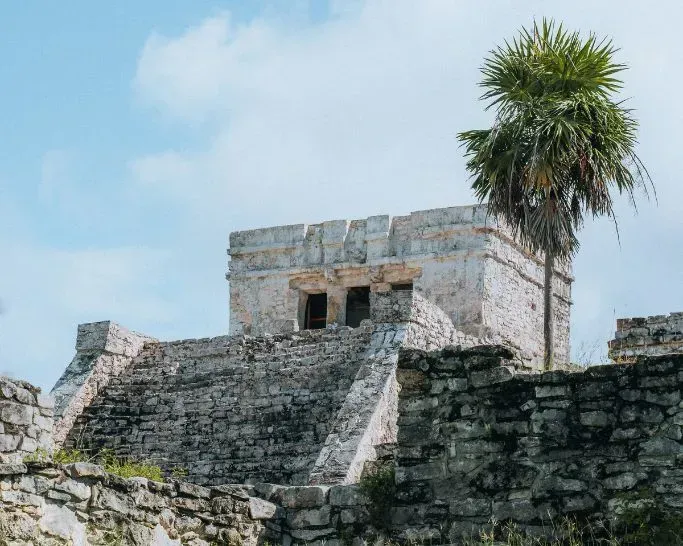
Natural wellness experiences
Tulum is not only a place for history and nature lovers, but also for those who seek alternative wellness experiences. Besides yoga, the boho and tropical city of Mexico offers retreats for medicinal plants like cocoa, mushrooms, ayahuasca and peyote, which can help you heal and expand your consciousness. You can also try the famous Temazcal, a shamanic ritual that uses heat (sauna) to cleanse and purify your body and soul.
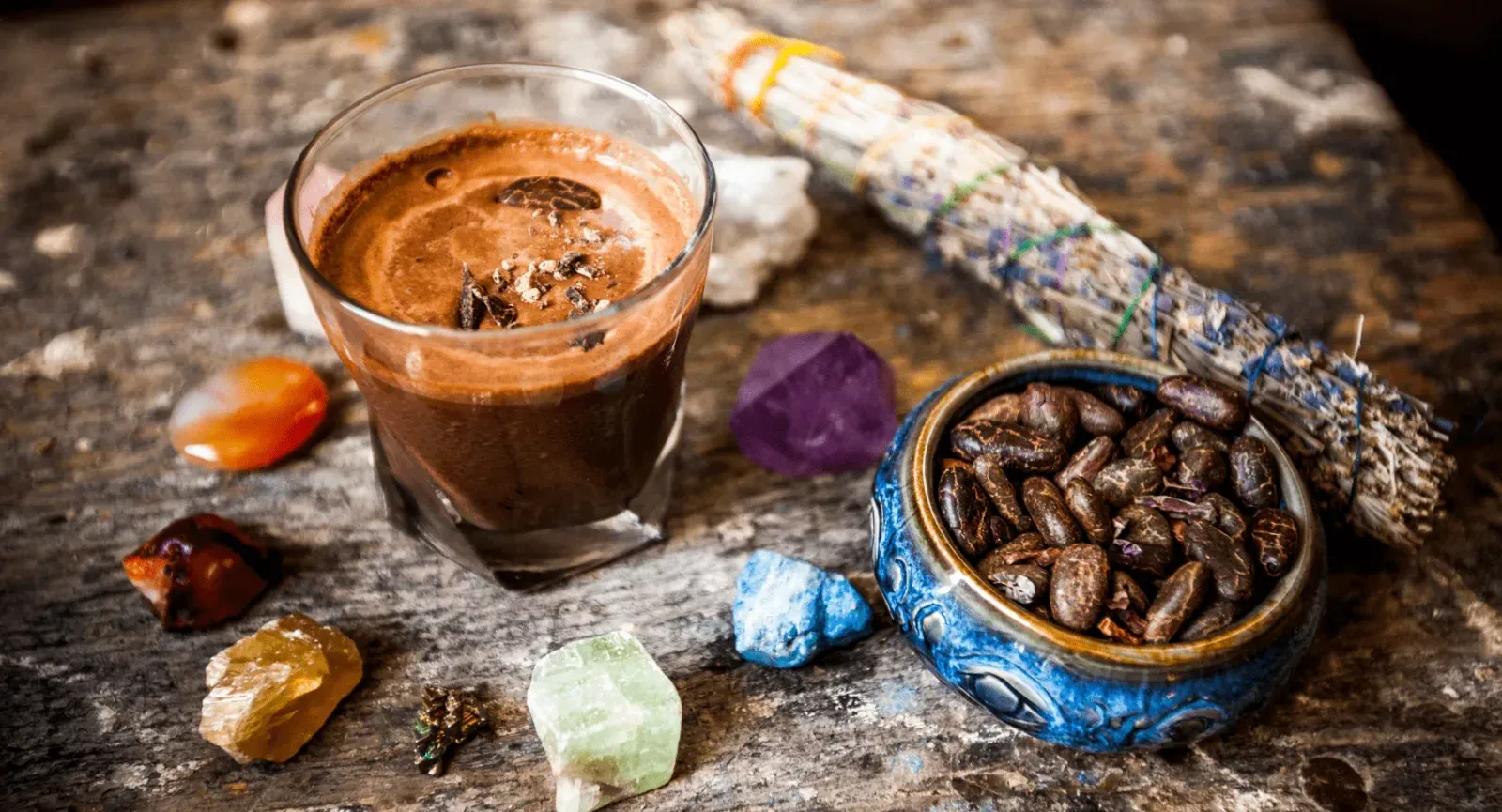
Not just fancy restaurants
Tulum has a variety of restaurants that serve high-quality food, with a fusion of tradition and innovation. But if you want to taste the real flavor of Tulum, you can’t miss the street food, which is cheap and delicious. Here, I had the best cake in Mexico: it’s not a dessert, but a soft milk sandwich with all kinds of fillings. You can find it at Rotangelia, a small place in Tulum Pueblo. And if you want to try some amazing tacos, in a cool location, you have to go to Safari, where they grill the meat on an old truck.

When is the best time to visit Tulum?
Tulum is a sunny paradise all year round, but some seasons are better than others depending on what you’re looking for. Do you want to save money, avoid the crowds, or enjoy the perfect weather? Let’s take a look at what Tulum has to offer in each season.
First high season: perfect temperatures at high prices
The first high season runs from December to April, and it’s the most popular time to visit Tulum. The weather is ideal for the beach, the festivals, and the biking around the city. The downside is that everything is more expensive, from accommodation to rental services, and there are lots of people, especially during Christmas, spring break, and Easter, which are big holidays for Mexicans.
Second high season: when storms don’t scare the crowds
The second high season is the summer months of July and August, and it’s also a busy time to visit Tulum. The weather is hot and humid, and there are thunderstorms, but the sun still shines most of the time. The downside is that everything is still expensive, and there are tourist crowds, and sometimes flooded and blocked roads. I was in Tulum in November, when the rainy season was not over, and we had two days of non-stop thunderstorms. The result? Roads like oceans of mud!

Low season: affordable prices and rain
Low season is cheaper, but it might not be the best time to enjoy Tulum. In May/June and from September to November, many places lower their prices, while others close until the high season. The weather is hot and humid, the rain could ruin the underwater view for snorkelers, and the hurricanes are a risk. On the bright side, the tourist crowd is smaller and on good days you can enjoy the main attractions without the crowds.
Top Things to Do in Tulum
Tulum is a place where you can have fun and relax, surrounded by the sea and the jungle. It’s no wonder that many digital nomads choose it as a warm and fun destination to work remotely. Here are some of the best things to do in Tulum.
Visit the Mayan ruins
The Mayan ruins of Tulum are one of the most stunning archaeological sites you’ll ever see. They are perched on a cliff overlooking the dazzling colors of the Caribbean Sea. The best time to visit them is early in the morning, when you can avoid the heat and the crowds. Don’t forget to bring a water bottle, a hat, and sunscreen. The entrance fee is $7 USD, which includes a ticket to the ruins and a tax for the park. You’ll also see lots of iguanas of all sizes! Just remember not to feed them.

Relax on public beaches
After admiring the turquoise waters of the Caribbean Sea from the Mayan ruins, why not take a dip in them? The public beaches are close to the ruins and they are Playa Pescadores, Playa Paraíso, and Las Palmas. You don’t have to pay anything to enter or rent any equipment. The beach is long and wide, so you’ll always find a spot for your towel.

Rent a bike
Renting a bike is the cheapest, easiest, and most fun way to get around Tulum. Especially in the high season, when the roads are full of cars, the bike lets you zip to your destination, whether it’s the ruins, a cenote, or the beaches. You can also pedal around and discover every corner of Tulum on your own.
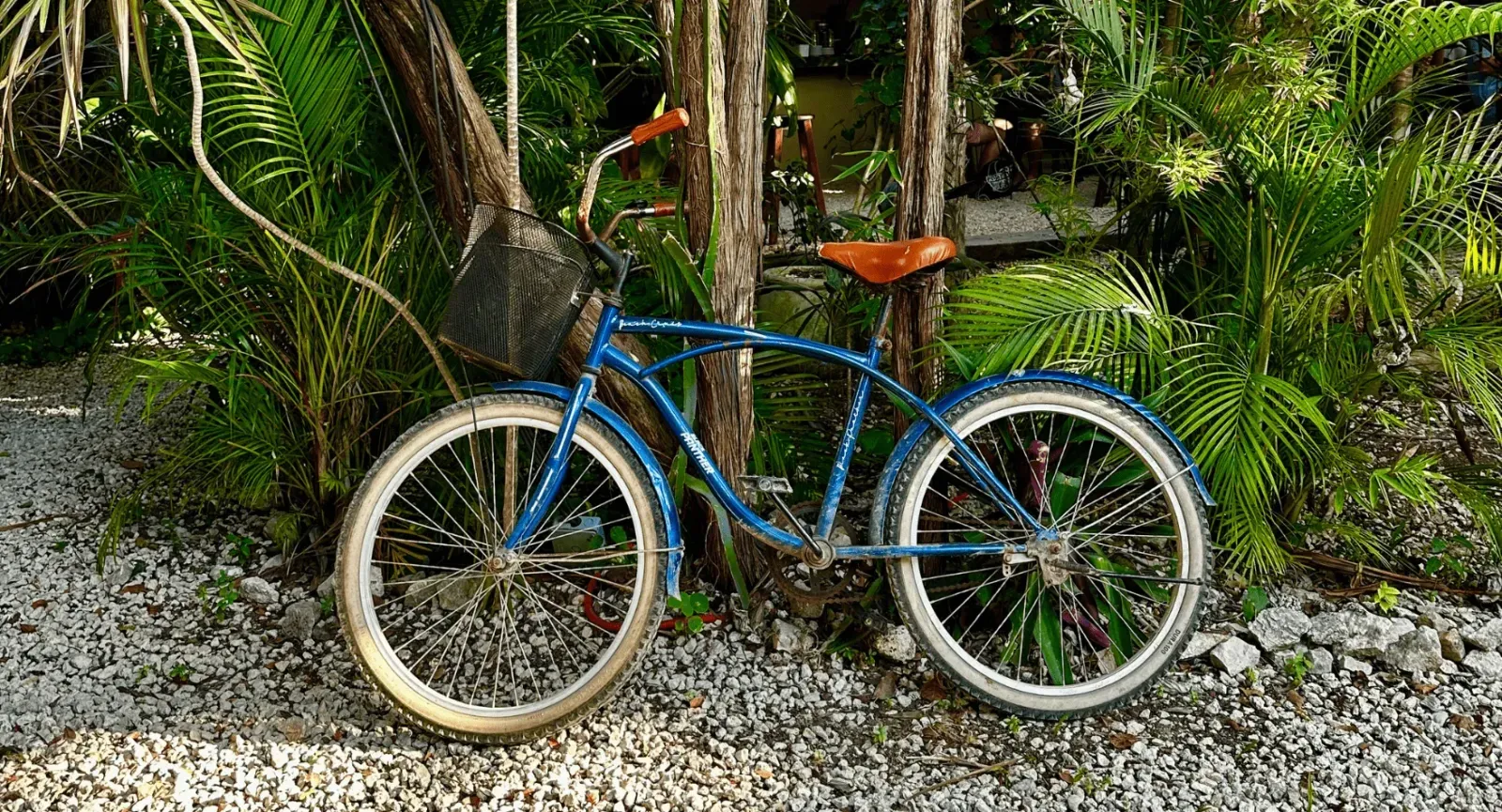
Swim in cenotes
Did you know that cenotes are unique to Mexico? They are natural pools of clear water in the jungle, where you can swim and snorkel. The cenotes around Tulum are amazing. Don’t miss the Escondido cenote (outdoor), the Angelita cenote for scuba diving, and the Big Cenote (the most stunning).
The most famous cenotes are:
The entrance fee varies from cenote to cenote and sometimes you have to pay extra to take photos with your camera. One thing for all cenotes: don’t wear sunscreen, beauty products, or insect repellent to protect these places.
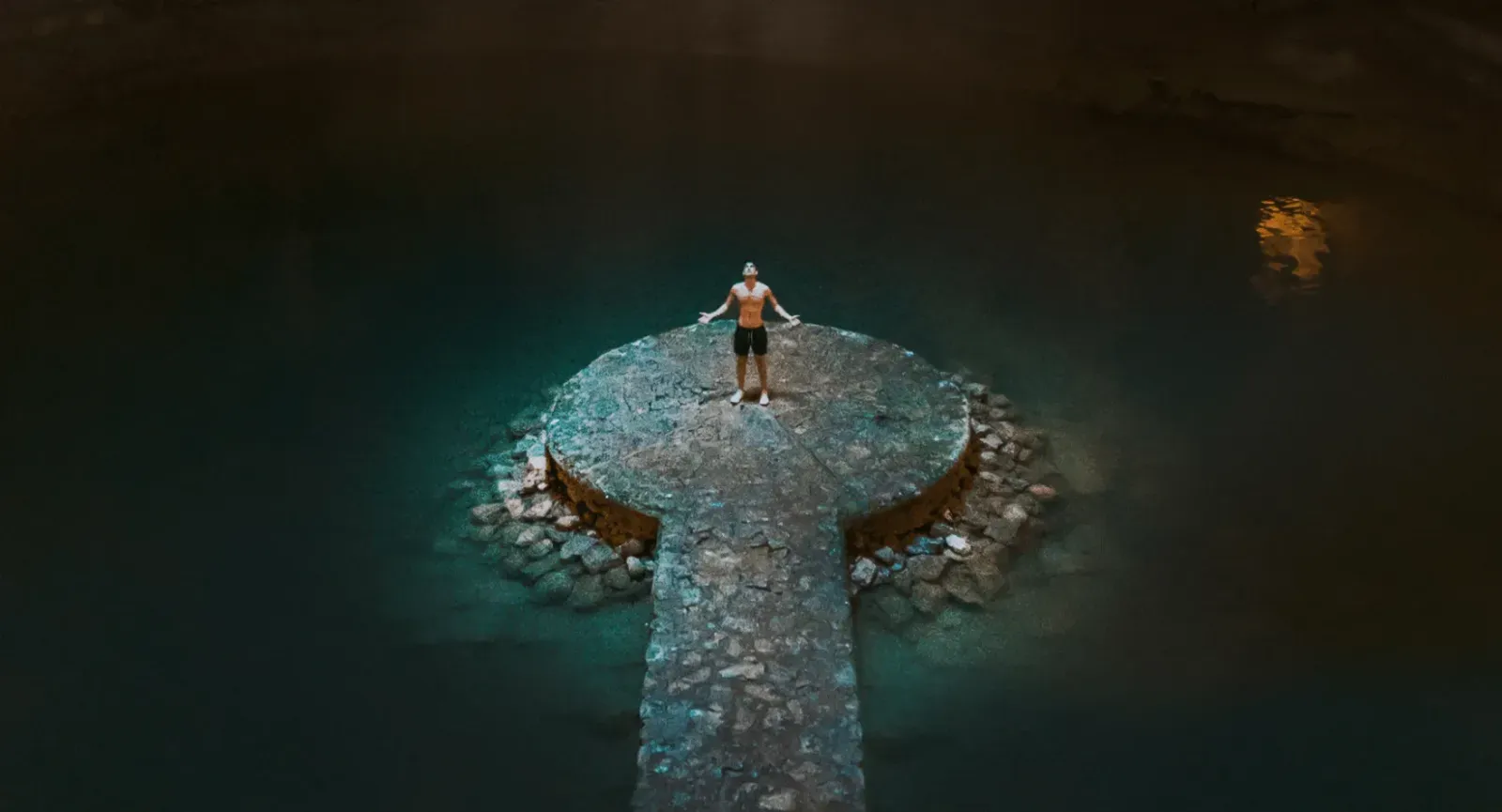
Is Tulum safe?
Tulum is a safe destination, as is the whole Yucatan Peninsula. However, like any tourist hotspot, it has some risks that you should be aware of and avoid. Here are some tips to stay safe in Tulum: don’t walk alone at night, whether in the Pueblo or on the beaches; don’t get involved with people who sell or use drugs; keep an eye on your belongings and listen to your intuition. If you follow these simple rules, you’ll have a wonderful time in Tulum.

Ready to Make Tulum Your Next Nomad Destination?
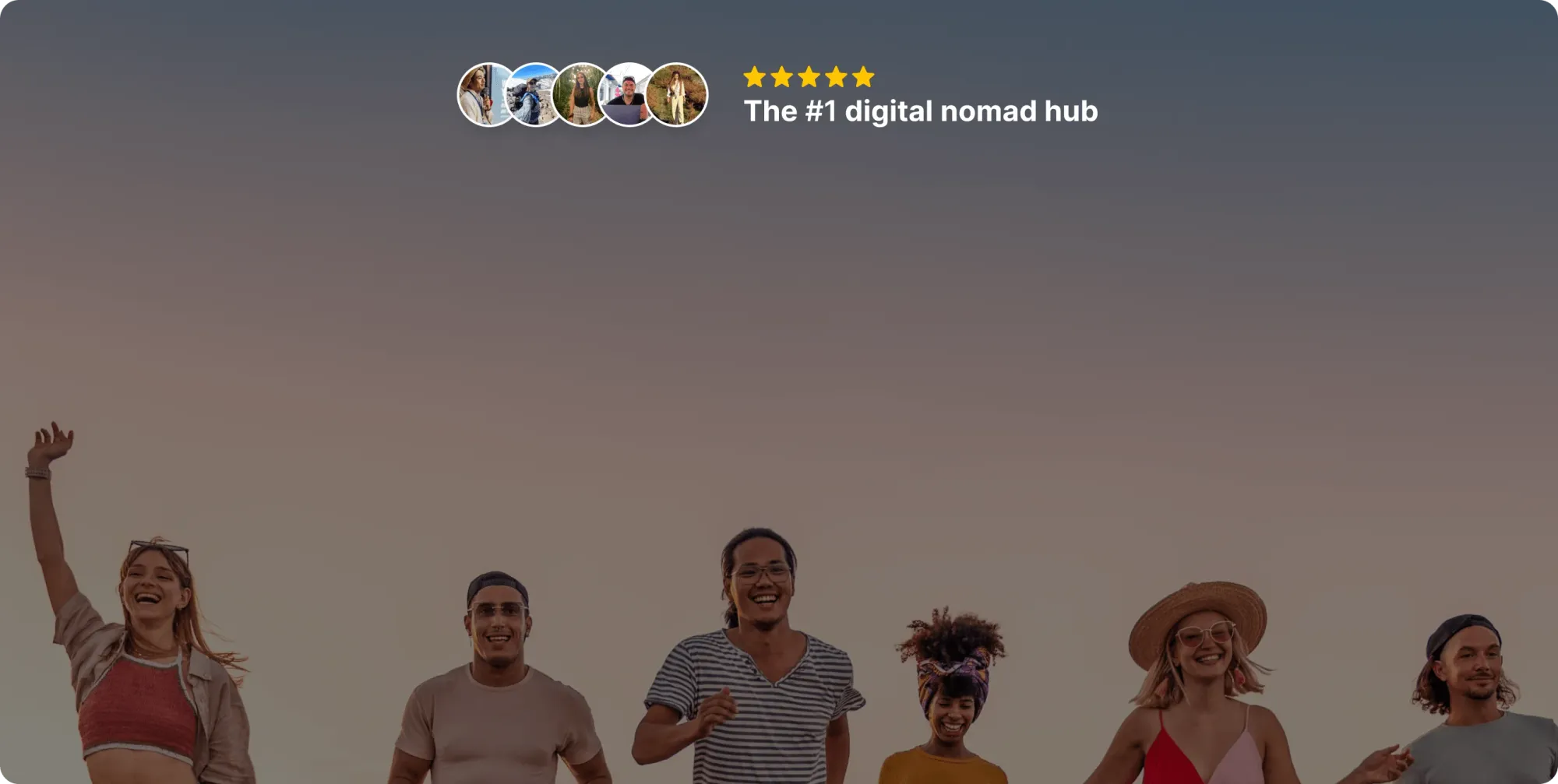
Join our global
digital nomad community
Join us for free
Freaking Nomads is supported by you. Clicking through our links may earn us a small affiliate commission, and that's what allows us to keep producing free, helpful content. Learn more





 Travel tips, hacks, and news
Travel tips, hacks, and news Exclusive travel discounts
Exclusive travel discounts Offers and promotions
Offers and promotions Digital nomad inspiration
Digital nomad inspiration Latest articles form our blog
Latest articles form our blog